#national forest
Text
"In an unprecedented step to preserve and maintain the most carbon-rich elements of U.S. forests in an era of climate change, President Joe Biden’s administration last week proposed to end commercially driven logging of old-growth trees in National Forests.
Secretary of Agriculture Tom Vilsack, who oversees the U.S. Forest Service, issued a Notice of Intent to amend the land management plans of all 128 National Forests to prioritize old-growth conservation and recognize the oldest trees’ unique role in carbon storage.
It would be the first nationwide amendment to forest plans in the 118-year history of the Forest Service, where local rangers typically have the final word on how to balance forests’ role in watershed, wildlife and recreation with the agency’s mandate to maintain a “sustained yield” of timber.
“Old-growth forests are a vital part of our ecosystems and a special cultural resource,” Vilsack said in a statement accompanying the notice. “This clear direction will help our old-growth forests thrive across our shared landscape.”
But initial responses from both environmentalists and the logging industry suggest that the plan does not resolve the conflict between the Forest Service’s traditional role of administering the “products and services” of public lands—especially timber—and the challenges the agency now faces due to climate change. National Forests hold most of the nation’s mature and old-growth trees, and therefore, its greatest stores of forest carbon, but that resource is under growing pressure from wildfire, insects, disease and other impacts of warming.
Views could not be more polarized on how the National Forests should be managed in light of the growing risks.
National and local environmental advocates have been urging the Biden administration to adopt a new policy emphasizing preservation in National Forests, treating them as a strategic reserve of carbon. Although they praised the old-growth proposal as an “historic” step, they want to see protection extended to “mature” forests, those dominated by trees roughly 80 to 150 years old, which are a far larger portion of the National Forests. As old-growth trees are lost, which can happen rapidly due to megafires and other assaults, they argue that the Forest Service should be ensuring there are fully developed trees on the landscape to take their place...
The Biden administration’s new proposal seeks to take a middle ground, establishing protection for the oldest trees under its stewardship while allowing exceptions to reduce fuel hazards, protect public health and safety and other purposes. And the Forest Service is seeking public comment through Feb. 2 (Note: That's the official page for the proposed rule, but for some reason you can only submit comments through the forest service website - so do that here!) on the proposal as well as other steps needed to manage its lands to retain mature and old-growth forests over time, particularly in light of climate change.
If the Forest Service were to put in place nationwide protections for both mature and old-growth forests, it would close off most of the National Forests to logging. In an inventory concluded earlier this year in response to a Biden executive order, the Forest Service found that 24.7 million acres, or 17 percent, of its 144.3 million acres of forest are old-growth, while 68.1 million acres, or 47 percent, are mature."
-via Inside Climate News, December 20, 2023
-
Note: This proposed rule is current up for public comment! If you're in the US, you can go here to file an official comment telling the Biden administration how much you support this proposal - and that you think it should be extended to mature forests!
Official public comments really DO matter. You can leave a comment on this proposal here until February 2nd.
#united states#us politics#conservation#climate change#sustainability#forests#old growth forest#national forest#carbon emissions#climate action#climate crisis#forest service#biden#biden administration#public comment#good news#hope#it took me soooo long to hunt down the actual public comment link#by which I mean like 10 minutes but like#that's too long! especially considering I am way better at navigating language and bureaucratic websites like this#than A LOT of people#why tf can't you just comment on the Official Website For Public Commenting?#aka regulations.gov#baffling#anyway the good news is I did find it so pls do go ahead and submit a comment if you can
3K notes
·
View notes
Text
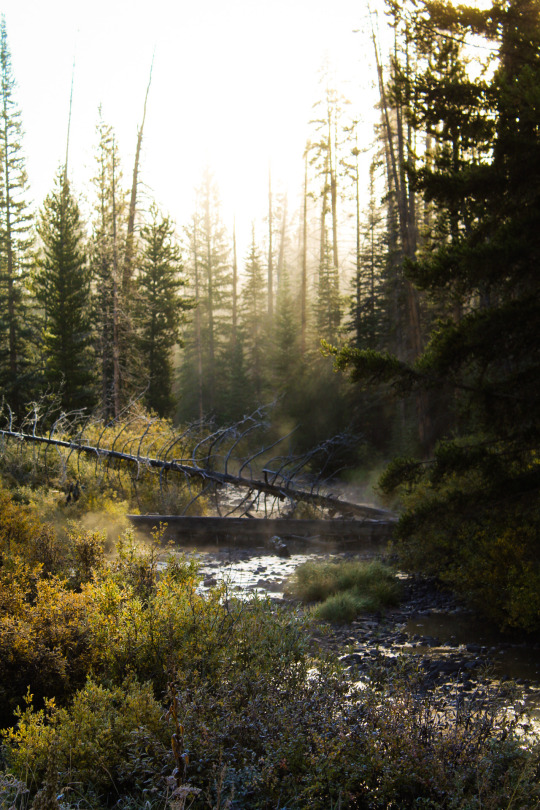
colorado sunrise 🌲
#colorado#photography#forest#mountains#cottagecore#fairycore#nature#forestcore#moody forest#sunrise#naturecore#nature photography#national forest#moody weather#nostaliga#autumn#autumn morning#photograpghy
1K notes
·
View notes
Text
Conservation groups filed objections this week to the U.S. Forest Service’s proposed final management plan for the Grand Mesa, Uncompahgre and Gunnison national forests in western Colorado. The plan would allow commercial logging on more than 772,000 acres of public lands, including mature and old-growth trees — a 66% increase from the current forest plan.
“A sizeable area of our beloved forests could be sacrificed to commercial logging at the expense of our already dwindling wilderness areas, wildlife habitat and recreation,” said Chad Reich with High Country Conservation Advocates. “Outdoor recreation is a far larger economic driver for our communities than the local timber industry that benefits from cutting these forests. The Forest Service would’ve known that if it had conducted an economic analysis, as required by law.”
Under the proposed plan mature and old-growth forests, which store massive amounts of carbon, could be commercially logged. Forest managers would not be required to identify and protect old-growth and mature trees. Steep slopes across the forests, including Upper Taylor Canyon and Slate River Valley, could also be logged despite the high risk of severe erosion and threats to water quality.
“The proposed plan directly violates federal policy on protecting mature and old-growth trees as a cornerstone of U.S. climate action,” said Alison Gallensky, conservation geographer with Rocky Mountain Wild. “The Grand Mesa, Uncompahgre and Gunnison national forests boast the highest carbon sequestration capacity of any national forest in the Rocky Mountain region. Despite this the Forest Service has failed to ensure these vital carbon sinks aren’t logged and sold.”
Objections also challenged the Forest Service’s failure to take urgently needed climate action by prohibiting new coal leasing in the plan.
...
The Forest Service recommended adding only 46,200 acres of new wilderness area in the final plan. The community’s conservation proposal had called for more than 324,000 acres of new wilderness lands. In addition, the Gunnison Public Lands Initiative offered a broadly supported proposal for new wilderness and special management areas in Gunnison County that was mostly excluded.
...
“Community members proposed special management area designations to protect pristine forestlands in the North Fork Valley from logging and oil and gas drilling,” said Peter Hart, legal director at Wilderness Workshop. “The Forest Service ignored those proposals and chose not to protect those areas in the new plan.”
The groups also raised concerns about the plan’s failure to address the myriad needs of plants and animals that depend on the forests.
“Over 20 years ago Colorado Parks and Wildlife reintroduced Canada lynx to the San Juan Mountains,” said Rocky Smith, a long-time forest management analyst. “This is a great source of pride for wildlife lovers in this state. Lynx are federally threatened and depend on mature forests with large trees. This plan allows for logging that could easily degrade or destroy much of the best habitat for lynx and their main prey, snowshoe hares, and undermine Colorado’s hard work to reestablish and maintain a viable lynx population.”
The Grand Mesa, Uncompahgre and Gunnison national forests also provide habitat for the iconic bighorn sheep and lesser-known species like the Grand Junction milkvetch and the Tundra buttercup. These species, among others, need special designation the Forest Service grants to plants and animals when there is concern about their ability to survive in the area. Many struggling plants and animals were left off the list in the proposed final plan.
“Without the species of conservation concern designation the Forest Service has no obligation to make sure the plants and animals continue to exist locally,” said Chris Krupp, public lands attorney with WildEarth Guardians. “In many cases, the agency decided not to designate wildlife, plants or fish merely because it had no data on their population trends. Without species of conservation concern designation, the number of bighorn sheep in GMUG could dwindle down to almost nothing and the agency wouldn’t have to do anything about it.”
#ecology#enviromentalism#old growth forest#colorado#us forest service#lynx#bighorn sheep#grand mesa#Uncompahgre#gunnison#national forest
496 notes
·
View notes
Photo


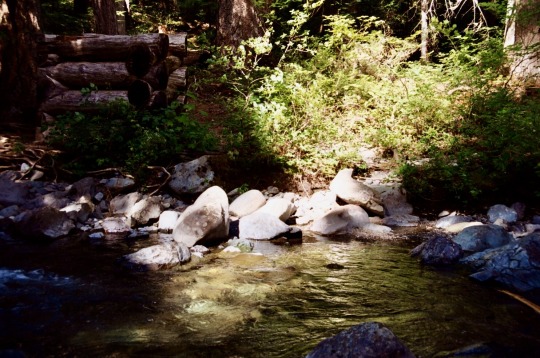
Between every two pines is a door leading to a new world.
-John Muir
Okanogan-Wenatchee National Forest, Washington
#35mm#Washington#analogue#film photography#tumblr photographer#photographers on tumblr#National Forest#PNW#mountains#alpine lake#hiking#camping#naturecore#river#evergreen
798 notes
·
View notes
Text

OUR NATIONAL PARKS by John Muir. (Boston: Houghton Mifflin, 1909). Illustrated.
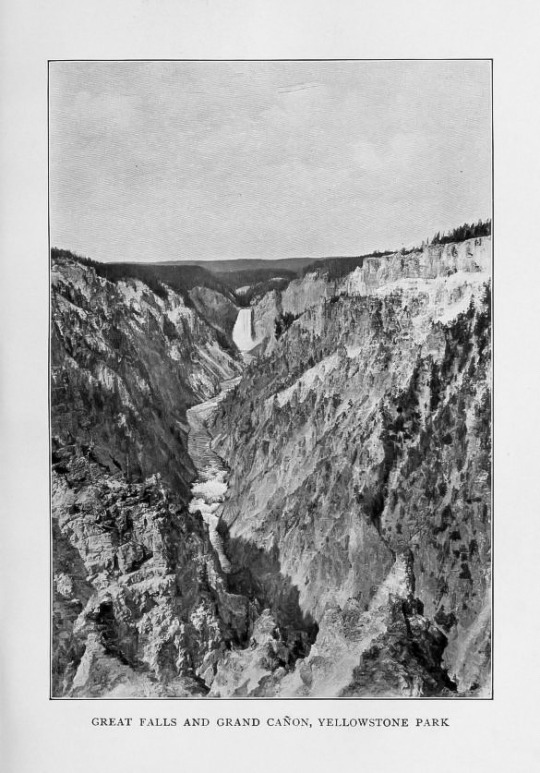

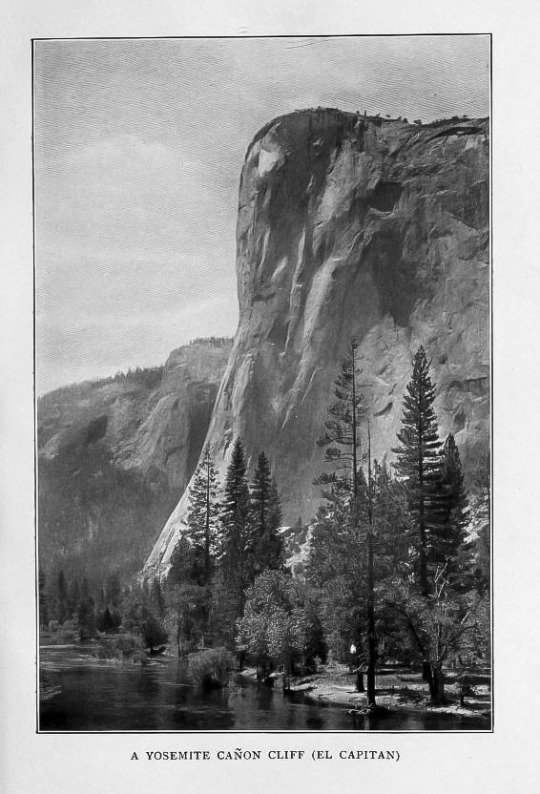


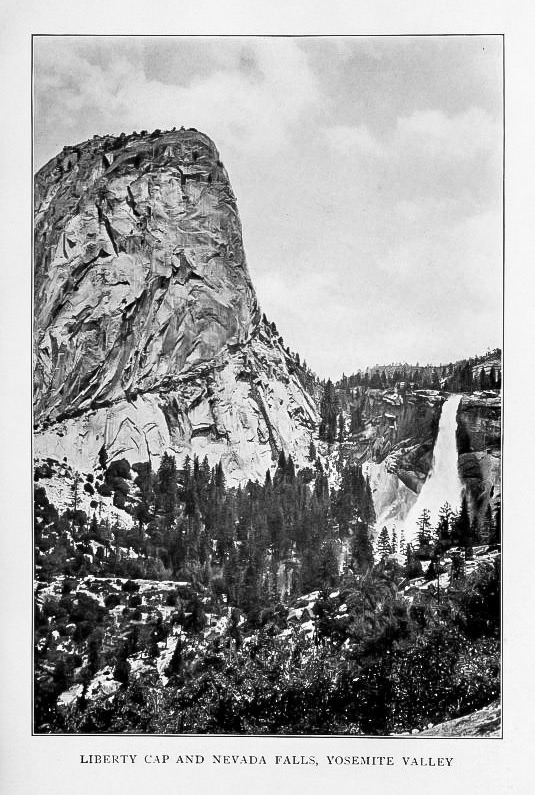

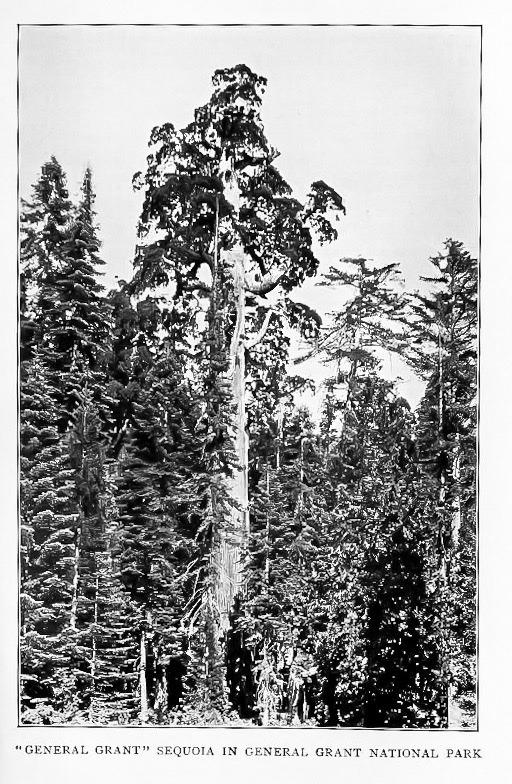
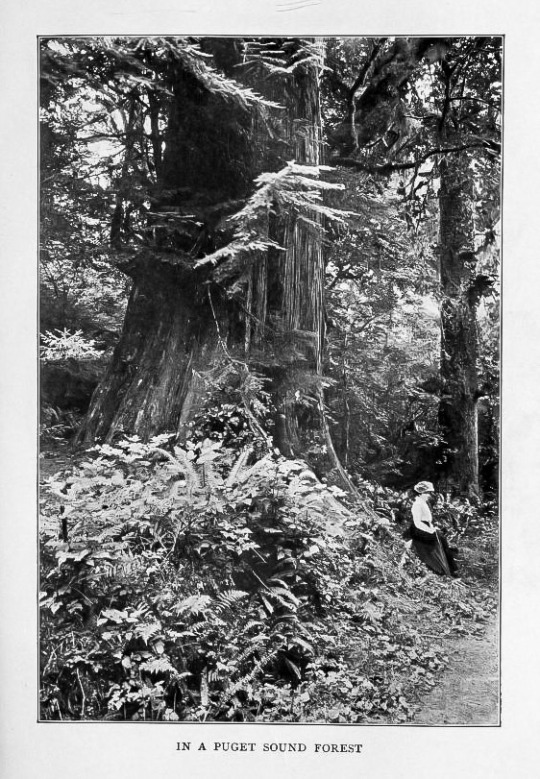
source
#beautiful books#book blog#books books books#book cover#books#vintage books#illustrated book#book design#john muir#national forest#yosemite#sequoia national park#giant sequoia#el capitán#yellowstone
94 notes
·
View notes
Text


On the move
#pentax kp#pentax#50mm photography#50 mm#50mm#motion#driving#motion blur#washington#washington state#olympic national park#olympic national forest#national forest#forest#rainbow
182 notes
·
View notes
Text
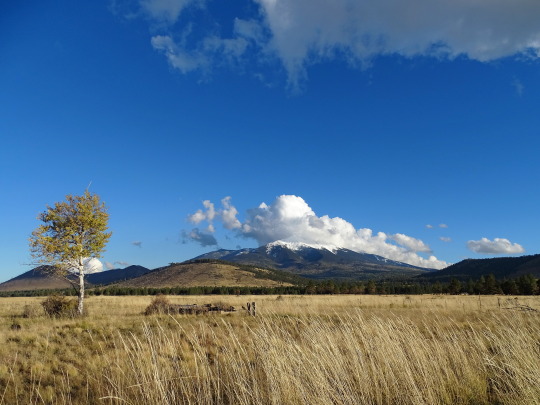
San Francisco Mountains, Arizona.
#travel#arizona#mountains#the mountains are calling#park#national forest#coconino national forest#original photography#photographers on tumblr#landscape#photography#lensblr#landscape photography#nature#nature photography#wandering#wanderingjana
65 notes
·
View notes
Text
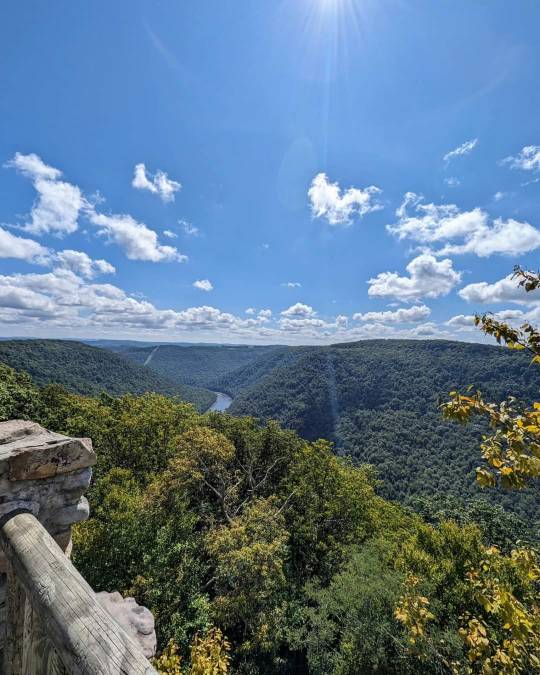



My love🏞️🌲🌥️💕
#tumblr couldnt handle the actual sized photos which is lame af#i had to send them to my gf and resave them to lower the quality#me#my girl#maddie#nature#national forest#national park#overlook#my photography#my photos#subpixie420#shadows
82 notes
·
View notes
Text

Ape Cave Gifford Pinchot National Forest. The third largest LAVA TUBE in North America created from a basaltic eruption over 2.000 years ago!




it's dark down there. Phone case happened to glow-in-the-dark!
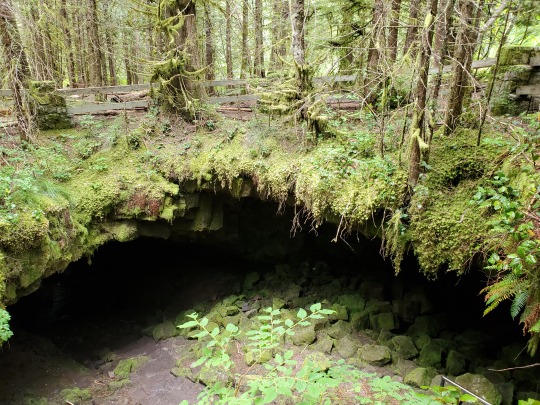
the forest grows right on TOP!

No sign that the Lava Tubes run underneath.
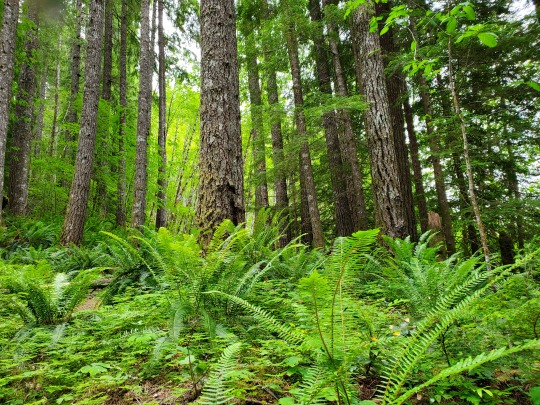
93 notes
·
View notes
Text

A pair of Banana slugs on a mossy, rock outcrop
Six Rivers National Forest, California
#banana slugs#rocks#moss#lichen#forest floor#forest#trees#naturecore#national forest#public lands#nature photography#original photographers#nikon photography#nikon#24mm-120mm#photographers on tumblr
33 notes
·
View notes
Text

Inyo National Forest, CA 09052023
63 notes
·
View notes
Text
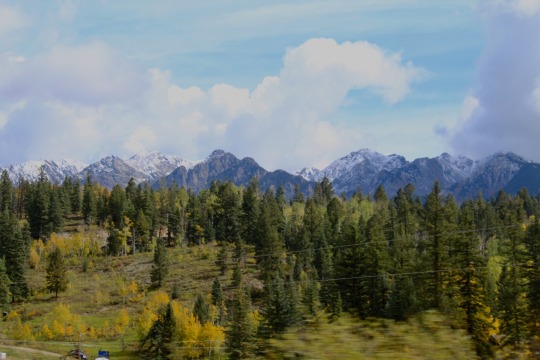
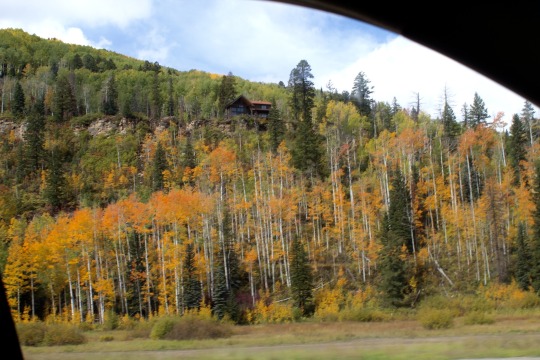

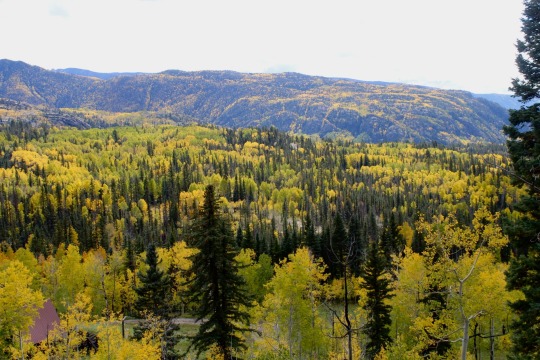
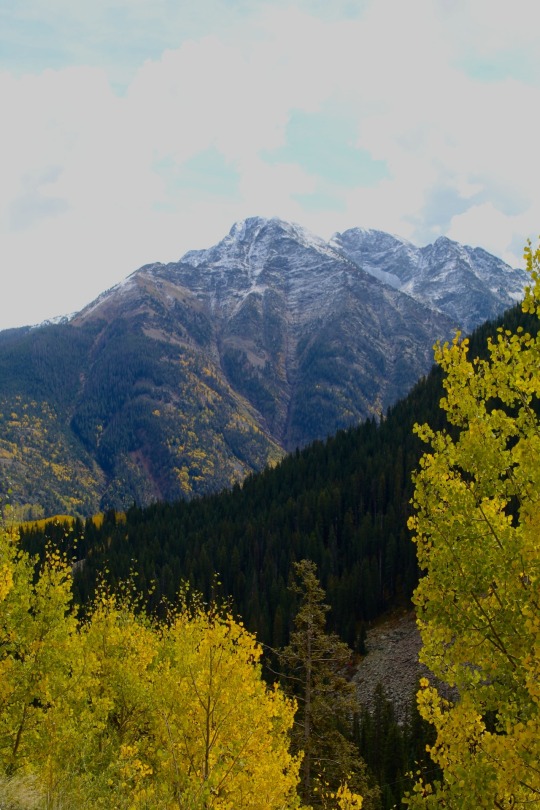
october in colorado
#october#colorado#photography#forest#mountains#cottagecore#nature#autumn forest#national forest#rocky mountains#colorado photography#colorfulcolorado#colorful colorado#naturecore#autumn#road photography#road trip#travel#landscape photography#landscape
96 notes
·
View notes
Photo

#redwood forest#california#pacific northwest#redwoods#tree#northwest#fog#morning#foggy#haze#wildernes#national park#state park#nature#national forest#travel#landscape#landscapes#road#morning fog#travels#towering#tall trees#earth official#depth of earth#earth pix#road trip#travel blog#foggy landscape#forest
197 notes
·
View notes
Text

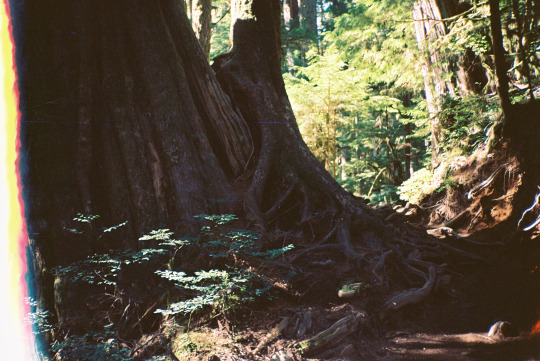
the forest is calling!
Mt. Pilchuck, Washington
#washington#mount pilchuck#analogue#35mm#film photography#mountains#old growth forest#north cascades#pacific northwest#hiking#naturecore#nature photography#point and shoot#national forest#pnwonderland#pnw aesthetic#pnw vibes#pnw photography#alpine forest#alpine flowers
71 notes
·
View notes
Text

Visage in the forest, 2020
purgatorie
#sequoias#sequoia forest#sequoia#purgatorie#35 mm film#35mm#35 mm#film photo#35mm camera#35mm color film#35mm photography#film#2020#trees#forest#national forest#California#analog#analog photography#moss#redwoods
35 notes
·
View notes
Text
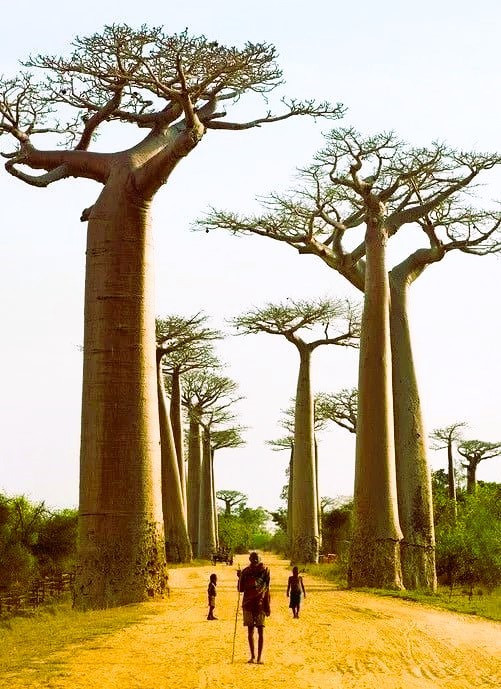
Avenue of the Baobabs, National forest, Madagascar: The Avenue of the Baobabs, or Alley of the Baobabs, is a prominent group of Grandidier's baobabs lining the unpaved Road No.8 between Morondava and Belon'i Tsiribihina in the Menabe region of western Madagascar. Wikipedia
52 notes
·
View notes